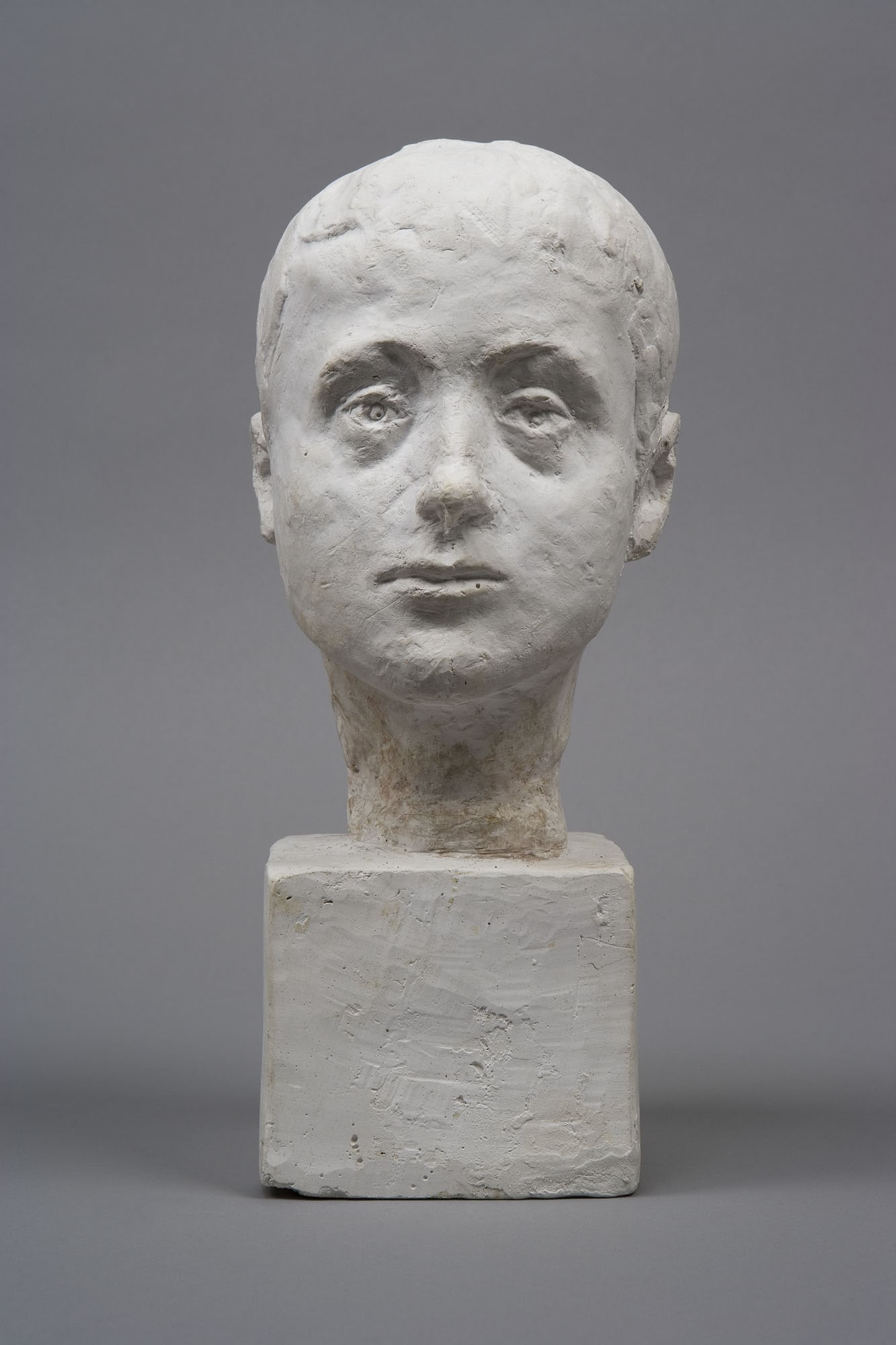Director: Vittorio De Sica
Cast: Carlo Battisti, Maria Pia Casilio, Lina Gennari
Italy, 89’, 1952, black & white
Italian with Turkish subtitles
This neorealist masterpiece by Vittorio De Sica follows an elderly pensioner as he strives to make ends meet during Italy’s postwar economic recovery. Alone except for his dog, Flike, Umberto struggles to maintain his dignity in a city where human kindness seems to have been swallowed up by the forces of modernization. His simple quest to satisfy his basic needs—food, shelter, companionship—makes for one of the most heartbreaking stories ever filmed, and an essential classic of world cinema.
Trailer

Organized in collaboration with the Giacometti Foundation, Paris, the exhibition explores Giacometti’s prolific life, most of which the artist led in his studio in Montparnasse, through the works of his early period as well his late work, including one unfinished piece. Devoted to Giacometti’s early works, the first part of the exhibition demonstrates the influence of Giovanni Giacometti, the father of the artist and a Swiss Post-Impressionist painter himself, on Giacometti’s output during these years and his role in his son’s development.
Tuesday - Saturday 10:00 - 19:00
Friday 10:00 - 22:00
Sunday 12:00 - 18:00
The museum is closed on Mondays.
On Wednesdays, the students can
visit the museum free of admission.
Full ticket: 300 TL
Discounted: 150 TL
Groups: 200 TL (minimum 10 people)